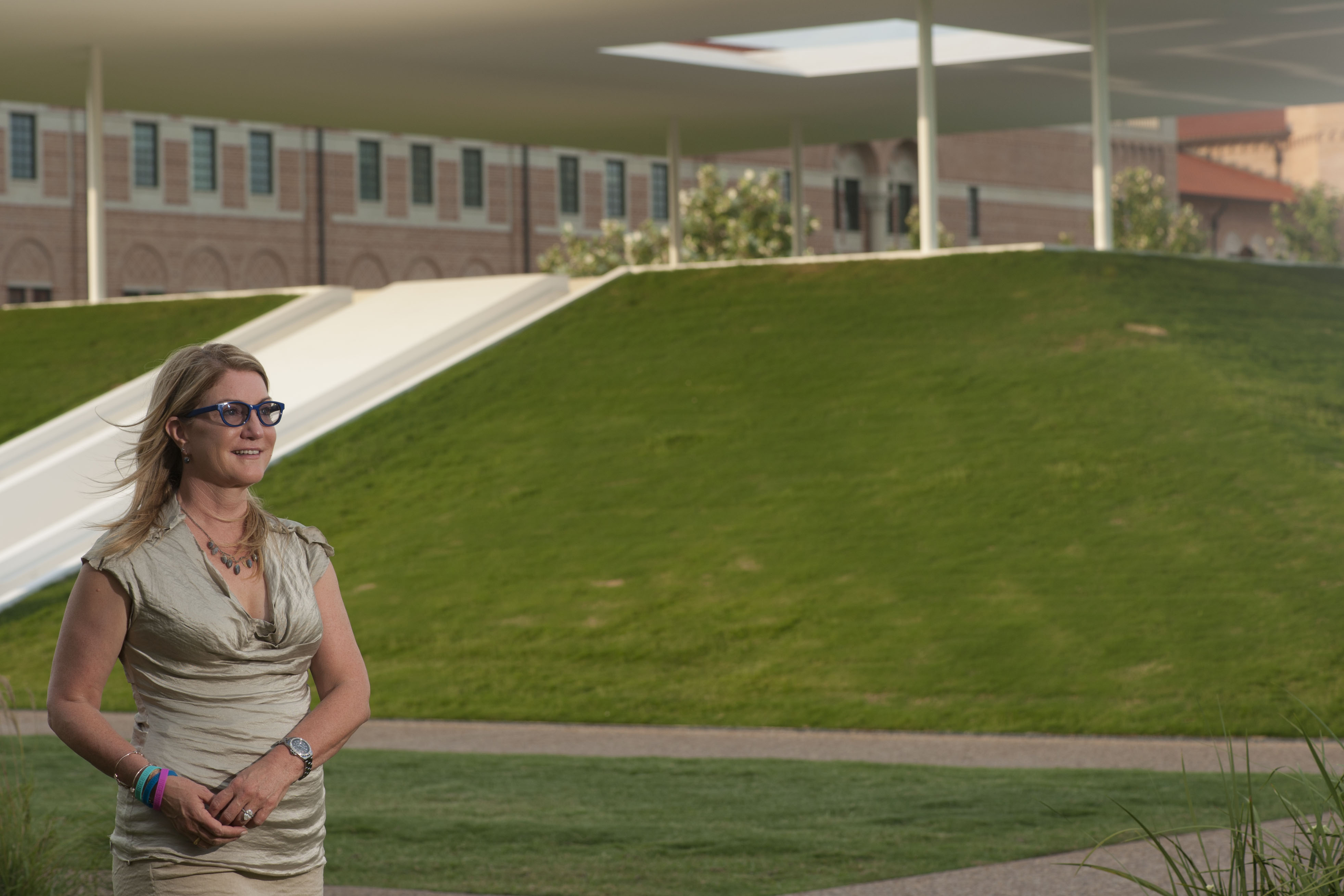
Like one of the collecting areas she favors, Suzanne Deal Booth is a Renaissance woman. She’s also a bit of anomaly in the contemporary arena, so much so that when this Texas- and California-based philanthropist spoke at Frieze in 2014, they coined a special category for her—crossover collector.
“I see the similarities between those areas—the Renaissance and contemporary,” says Deal Booth. “Especially regarding my own collection, focused upon the ephemeral and meditative,” she says. Deal Booth might be the only person on the planet who groups works by James Turrell, Doug Aitken, Robert Irwin and Roni Horn with her most recent acquisition—“a gold-ground painting from a French Book of Hours, circa 1410.” She also has a 27-acre vineyard in Napa for her Booth Bella Oaks wine label, with outdoor installations by Irwin, Joel Shapiro, Yayoi Kusama and Max Ernst. “No advisors. It’s just me,” she says, relying upon an eye honed long ago under the tutelage of Dominique de Menil.
When we spoke, she’d just returned to Austin from a West Coast trip, conducting a board meeting for Friends of Heritage Preservation. She co-founded the nonprofit nearly 20 years ago to save cultural treasures and restore artworks—including a current project rescuing Napoleon’s floating gardens and tea house in Venice. These endeavors are sparked by her master’s degree from NYU in conservation and art history, and subsequent stints for institutions such as The Getty and the Kimbell Art Museum.
But it is this patron’s focus on two cities in Texas that has raised the philanthropic bar. Her impact in her hometown of Houston has been game-changing for her alma mater, Rice University.
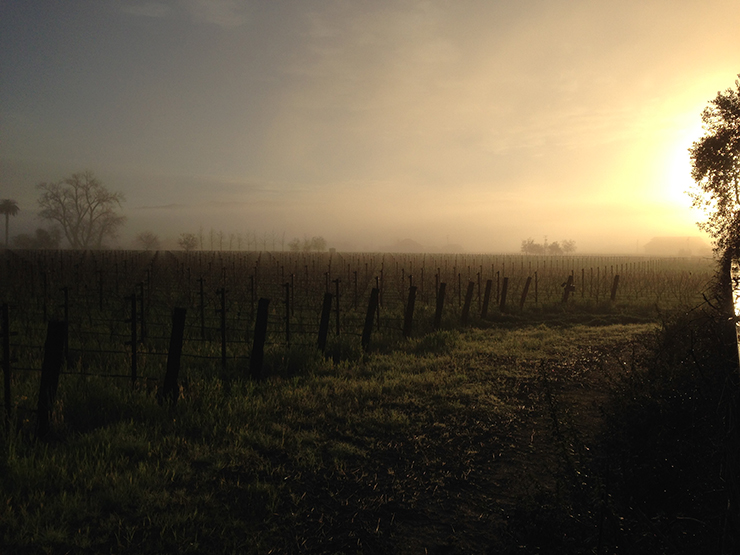
Thanks in large part to Deal Booth, Rice began a serious public art program within the past decade; its most visible manifestation is a double-decker Turrell Skyspace, Twilight Epiphany, at the Suzanne Deal Booth Centennial Pavilion, installed on the campus in 2012.
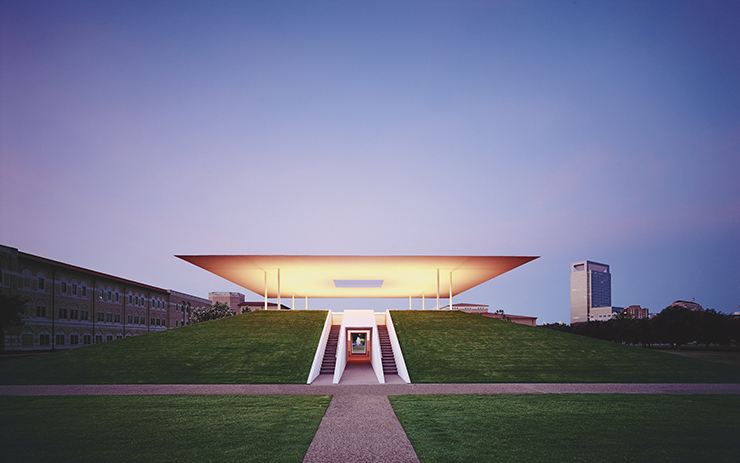
This spring, Rice opened a $30-million think tank for science and art—the Moody Center—and Deal Booth endowed the directorship, which went to Guggenheim vet Alison Weaver; she was also instrumental in coaxing support from namesake benefactor Ross Moody as well as playing matchmaker for architect Michael Maltzan (who designed her homes in California) and Rice.
Deal Booth’s campus commitment comes about because attending the university “changed my life.” She was recruited while in school by de Menil for a student job at the de Menil’s Philip Johnson-designed home, transcribing the late John de Menil’s notes. Deal Booth reflects 40 years later. “I loved it. I had found my place. I’ve been at it ever since—working with collections, with artists. Of course, Dominique was a mentor.”
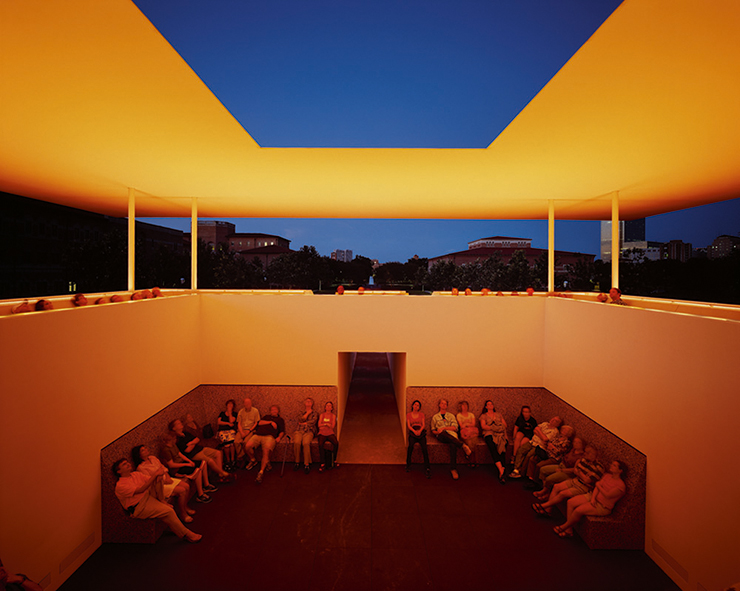
Deal Booth also cites Turrell as a seminal influence; during grad school, she interned with the artist when he realized his first skyspace in the U.S. at P.S. 1, and the next year, again on his Whitney retrospective (1980).
As to Austin, her Texas home base, Deal Booth has just endowed a biennial art prize to be bestowed upon five talents over the next decade. The first $100,000 award, announced last fall, goes to L.A. artist Rodney McMillian whose work will be presented by The Contemporary Austin on February 3, 2018. “I wanted to bring a new energy and talent appropriate for here—to give an art prize that would be transformative, not only for the artist but the community, the institution, the state.”
Images Courtesy of Rice University






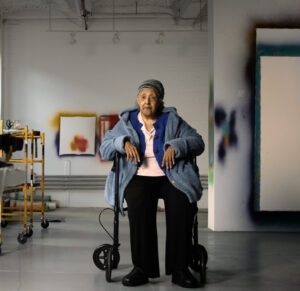



 in your life?
in your life?

